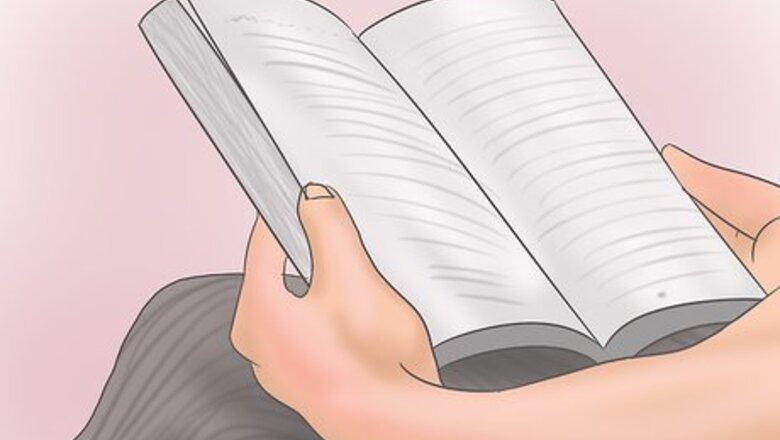
views
Summarizing an Article
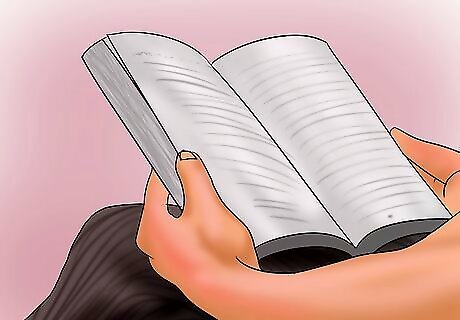
Read the article once without writing anything down. The first reading should be used to learn concepts and gain a general grasp of the content.

Look up any terms or words that you are unclear about. If your article is technical, you should ensure you understand all the concepts before you begin to analyze.
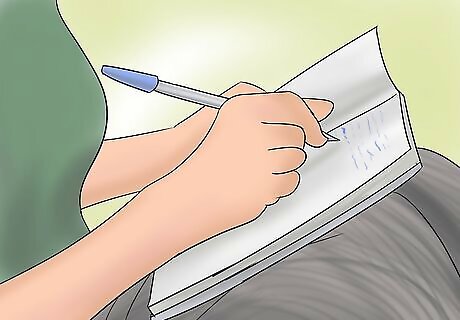
Write a short three to four sentence summary of the article. If you are unable to do so, you may need to reread it for content.

Consider explaining the article aloud if that is easier than writing. If you can explain the outline and content of the article in non-technical language, you are ready to move on.
Annotating an Article
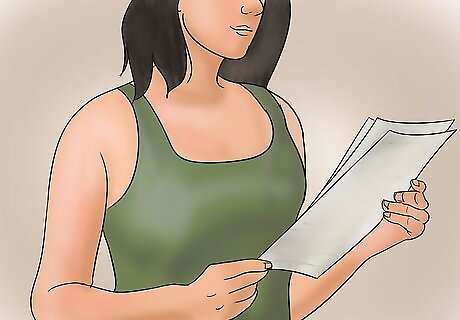
Make a photocopy of the article. You can also print out a copy. Unless you are very familiar with a note taking program like Evernote, you should do it by hand. Ensure you have page numbers, so that you can cite the article correctly in your analysis.
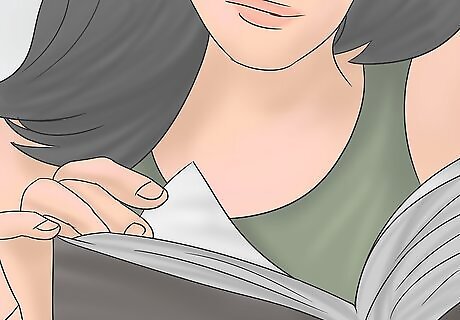
Read the article a second time to underscore thematic concepts. You will want to read more slowly and mark in the margins as you go.
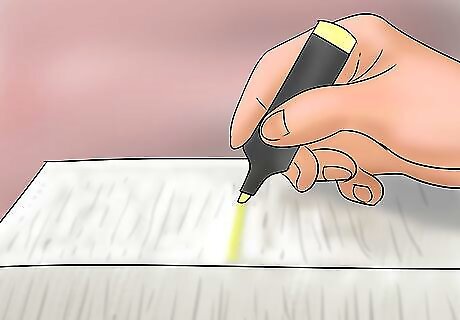
Highlight the thesis of the article. This should be the main argument that the writer is making or trying to prove. Your analysis will refer back to this thesis frequently as you decide how successful the author was in convincing their audience.
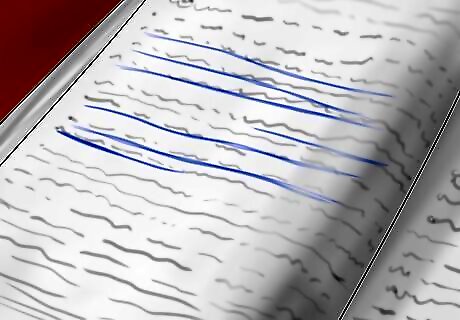
Underline concepts that recur frequently throughout the article. Underline supporting points and make notes about them in the margins as you go along. If you are reading a scientific paper, look for methods, evidence, and results. This is the accepted structure of most scientific papers.
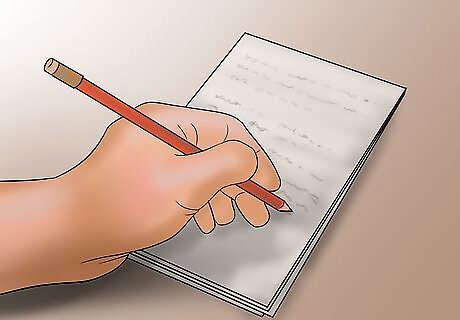
Make notes of any concepts that are not fully proven or explained. These annotations will save you time during the writing process.
Analyzing an Article
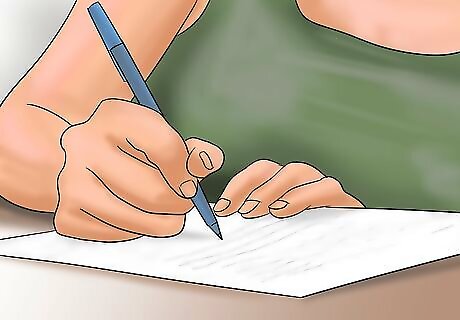
Write the summary or abstract of the article. If you are writing an analysis essay, this can serve as your introduction.

Provide some cursory research about the writer of the article. Their qualifications will prove whether their opinions are part of an area of expertise. In historical articles, this will also establish whether the author is a primary or secondary source. State whether you believe the author could be guilty of a bias. In media-related articles, you should state whether the author was able to stay somewhat objective as they relayed news to the audience.
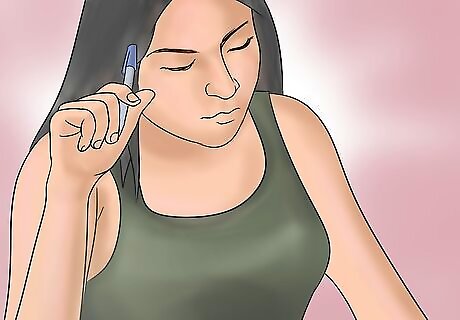
Establish the audience of the article. Decide if you believe the author catered well to the audience. For example, if the audience is the general public, but the author uses very technical terms, it may not be a convincing article.

Decide the purpose of the article. This may also be the thesis, or what the author is trying to prove. The author may propose questions and answer them later.

Answer how successfully the author proves the thesis. State examples, such as in-text citations, to outline particularly successful or failed arguments. Move through the article establishing how meaningful and cohesive their arguments were. Refer back to your annotations to find quotations or questions about the validity of an argument.

Compare the article to other articles on the same subject. If you have been asked to read more than one article, you can analyze one article in light of another. State which argument was more convincing and why.
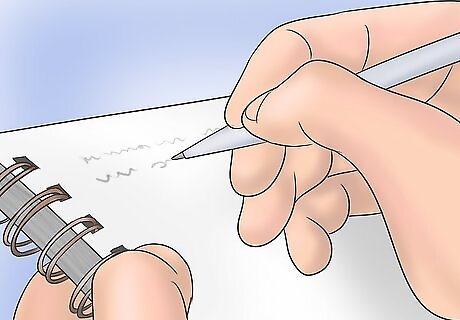
Write any questions that were left unanswered. Decide if the author could have improved their article by providing more evidence or in-depth research on a topic.
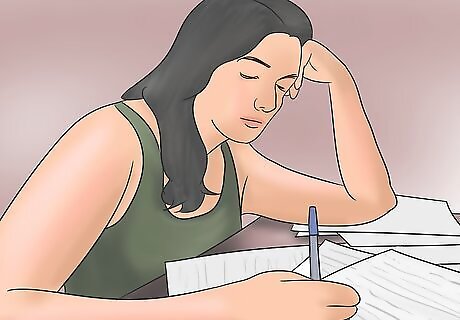
Explain why the article matters to the reader and to the world in general. At this point, you should consider stating your opinion about the topic. Some classes ask for the reader's opinions, while others demand a very scientific critique.
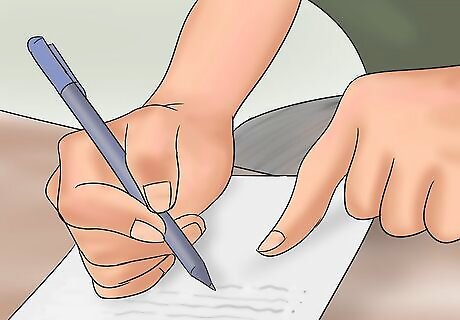
Create a Works Cited page if you used citations in your article. Ask your teacher what style you should be using, such as MLA, Chicago, or APA.

















Comments
0 comment